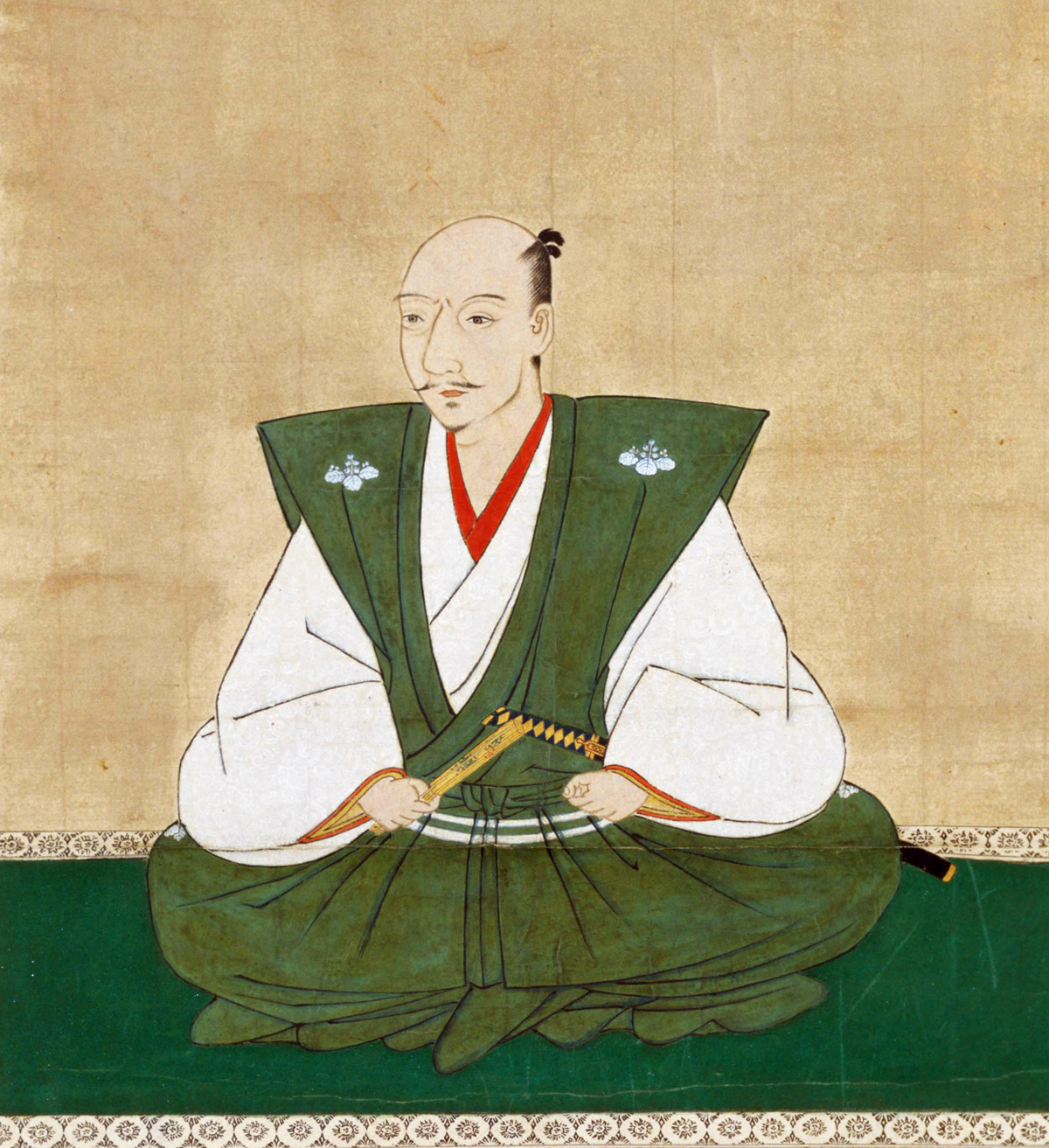Oda Nobunaga

Oda Nobunaga (1534-1582) was a powerful daimyo and is considered one of Japan's unifiers. His clan controlled a small portion of Japan's land, and was between two larger clans, with many more samurai.
Nobunaga's use of guns at the battle of Nagashino would allow him to work towards uniting the clans together again.
In 1582, while he was on a vacation at a temple, one of his trusted generals, Akechi Mitsuhide attempted to assassinate him. He surrounded the temple with his own army and burned it down. Nobunaga commited seppuku before he burned (Gates, "Nambokucho").
Toyotomi Hideyoshi

Toyotomi Hideyoshi (1536-1598) was Nobunaga's successor, and another unifier of Japan. He was not the son of a daimyo, like Nobunaga, and he was most likely from a peasant background.
In 1554, he started to work for Nobunaga, as his sandal boy. He was not a fighter, just a very good sandal boy.
By 1560, he became Nobunaga's quartermaster, and was eventually promoted to oversee architectural planning.
In 1574, Hideyoshi became a military leader in Nobunaga's army, in charge of one of his domains.
After Nobunaga's death, Hideyoshi would become the Regent of Japan in 1591, and he would continue to unite the island, but he died before he was able to complete it (Gates, "Nambokucho").
Tokugawa Ieyasu
Tokugawa Ieyasu (1542-1616) is the last unifier of Japan, and would begin the Tokugawa shogunate.
Following the Battle of Sekigahara, he took the title of Shogun in 1603, and established the capital in Edo.
He believed that Japan needed a strong government to keep the island peaceful, and he made all of the daimyos sign a loyalty pledge saying they would not rebel and attack the government or each other (Gates, "Samurai").